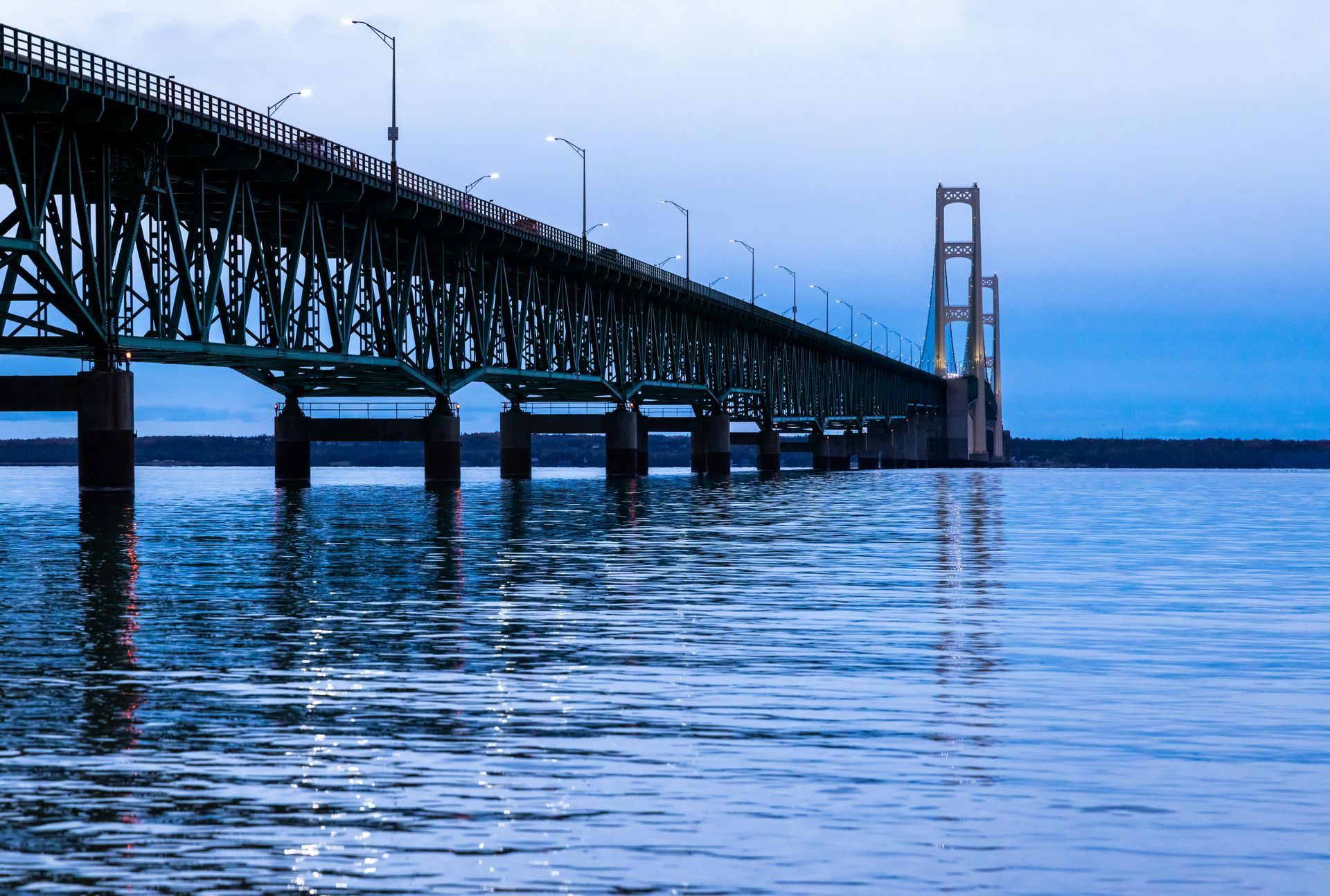European frog-bit is invading, you can help stop the spread
Guest Author Paige Filice- MSU Extension Natural Resources Educator
Urgent action is needed to stop the spread of invasive European frog-bit in Michigan. European frog-bit is a free-floating aquatic plant that thrives in slow-moving waters with little to no wave action and wetland areas with vegetation like cattails and phragmites. It was recently discovered in popular duck hunting locations including the Waterloo Recreation Area, Pentwater State Game Area, and Dansville State Game Area and in the lower Grand River. The swift expansion of European frog-bit is alarming as it can quickly form dense floating mats that reduce native plant diversity and cause oxygen depletion in the water during the fall. It can rapidly become a nuisance for hunters, boaters, anglers and swimmers.

There is still time to slow and prevent the spread of European frog-bit in Michigan’s wetlands, lakes and rivers. While most of the plant has died back by fall, seeds and winter buds accumulate in mud and can be easily transported to new waterbodies on hunting and fishing gear. Hunters are being asked to clean, drain and dry boots and gear thoroughly after each outing. Before hunting or angling be sure to:
· Drain water from your boat, decoys and motor.
· Clean and remove all plants and mud from your boat and gear. European frog-bit spreads by plant fragments, seeds and seed-like structures found in the water and mud.
· Never transport natural vegetation used for blinds or camouflage from one hunting location to another.
First detected in southeast Michigan in 1996, European frog-bit spread along the coastal wetlands of Lakes Erie and Huron up to the eastern Upper Peninsula by 2010. In 2016, it was first discovered inland at Reeds and Fisk Lakes in Grand Rapids. Since then, it has been found in Oceana, Ottawa, Kent, Ingham, Jackson, Washtenaw and Oakland counties.
To identify European frog-bit, look for:
· Round/heart-shaped leaves that resemble small water lilies (0.5 – 2.25 inches)
· Free-floating heart-shaped leaves with roots hanging below that resemble small waterlilies
· Leaves with a dark purple underside and a spongy area around the center of the leaf
· White flowers with three petals and a yellow center

If European frog-bit is discovered, rapid response is key to its control and potential eradication. If you find any European frog-bit, please contact the EGLE Aquatic Invasive Species Program at EGLE-WRD-ANC@michigan.gov or 517-284-5593. You can also report it online at misin.msu.edu. Sightings reported online to the Midwest Invasive Species Information Network (MISIN) are shared with EGLE and the Michigan Department of Natural Resources.
Both agencies along with local conservation partners will respond to sightings.
Photo documentation is appreciated.
The post European frog-bit is invading, you can help stop the spread appeared first on Michigan United Conservation Clubs.
Recent Posts



